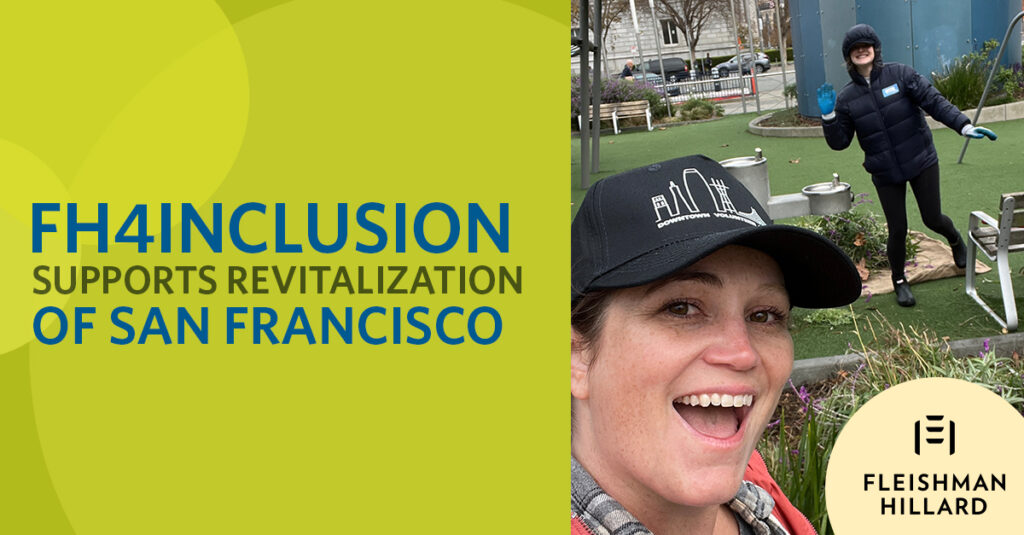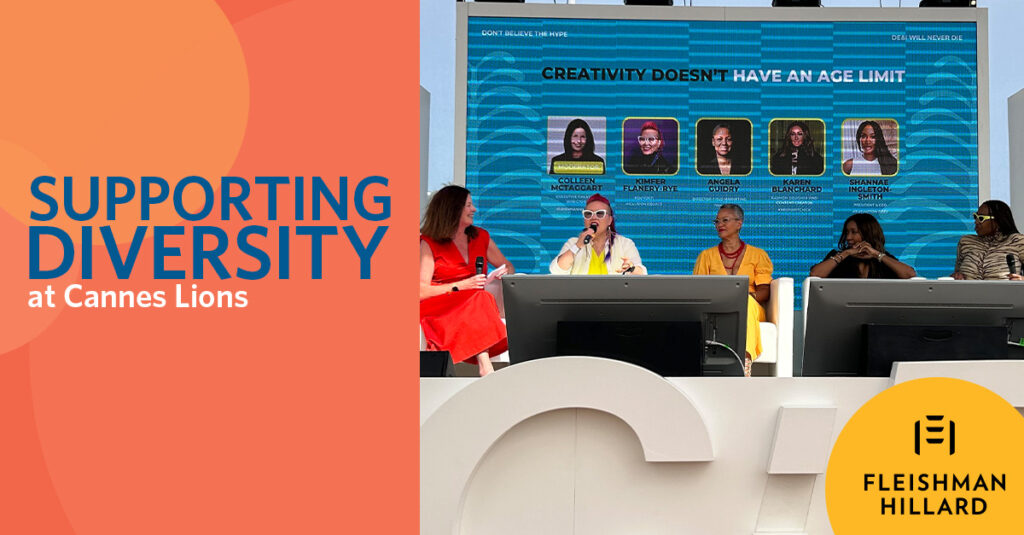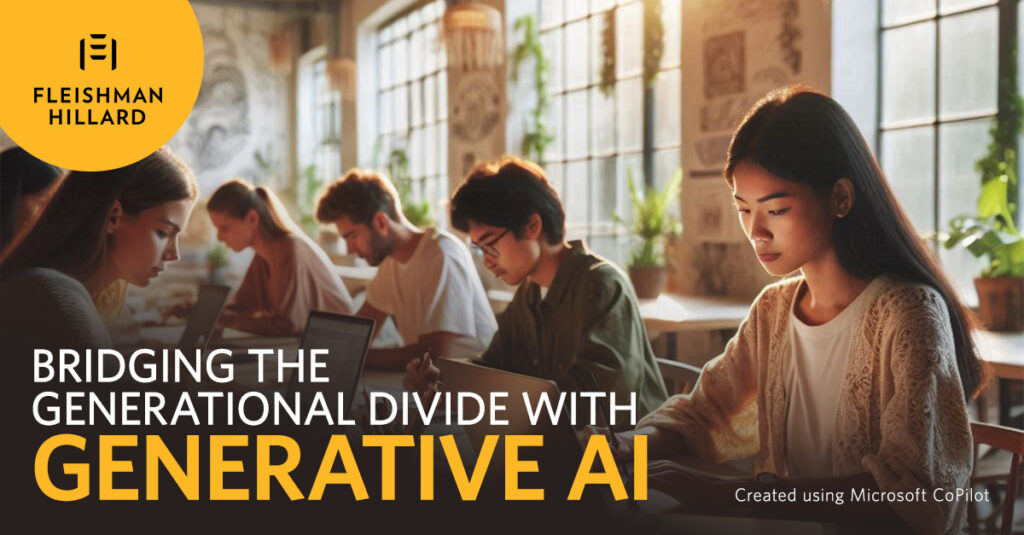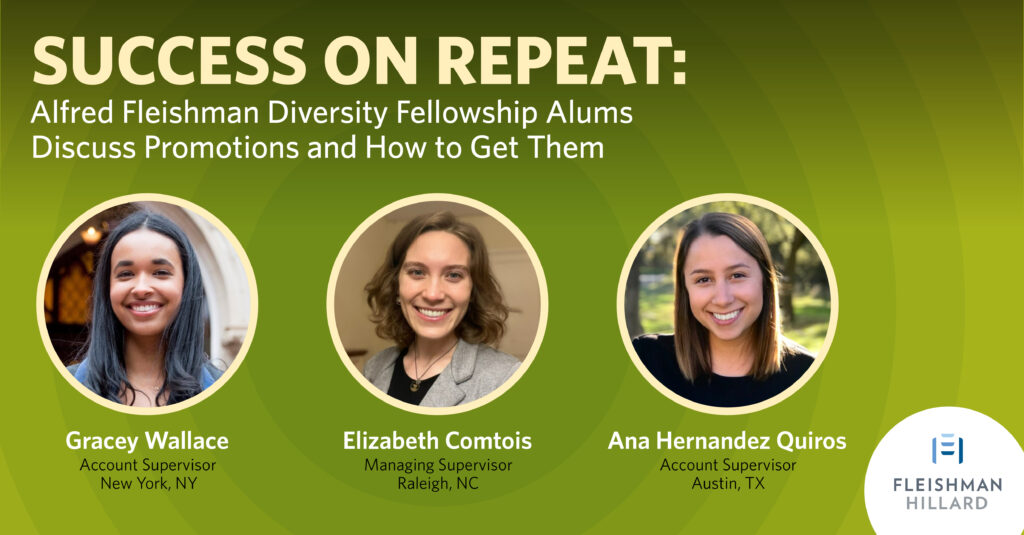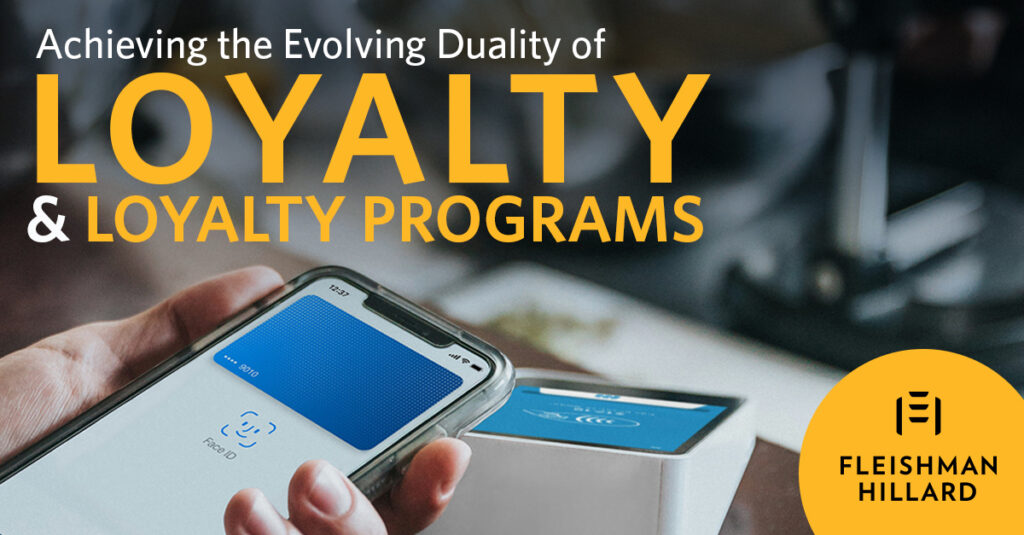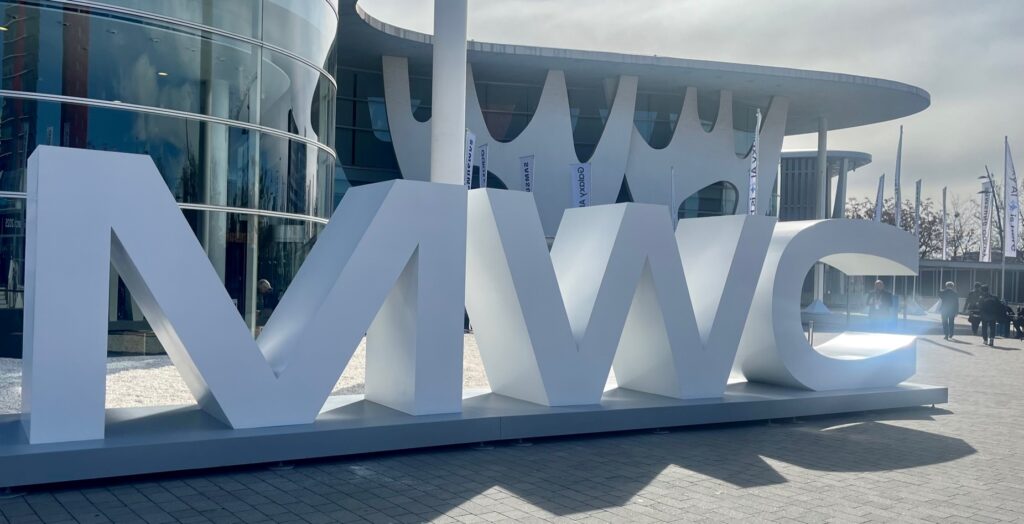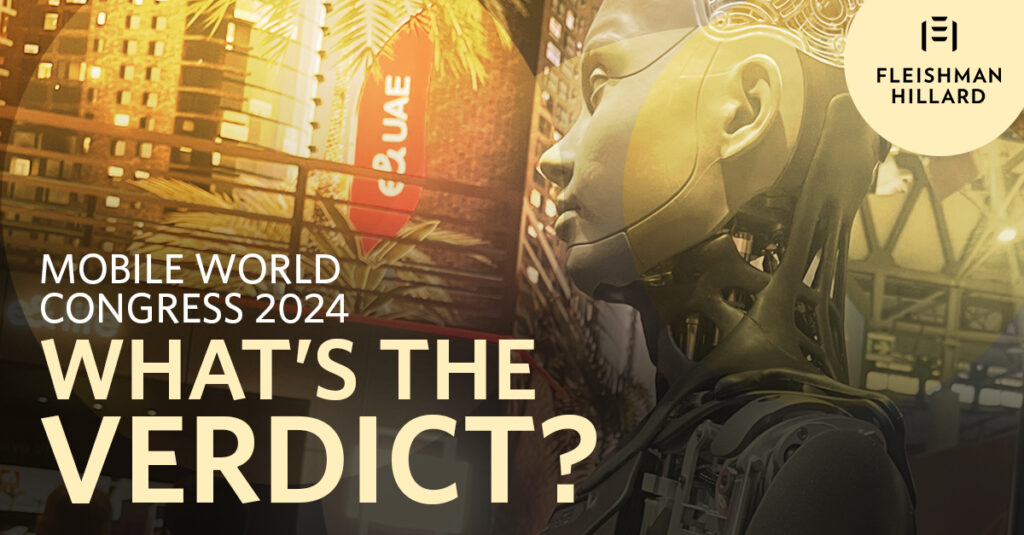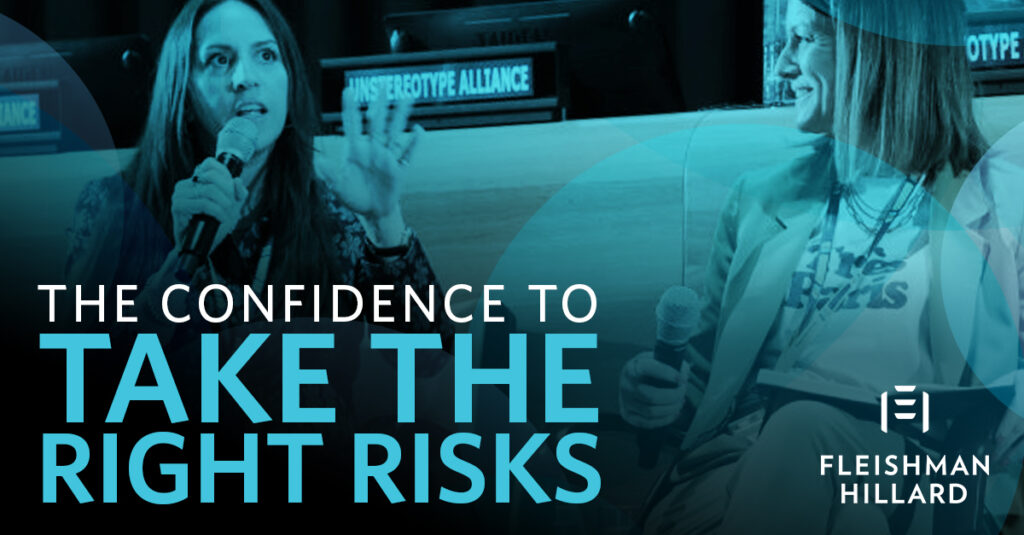Navigating Conflicting Demands to Advance Climate Action
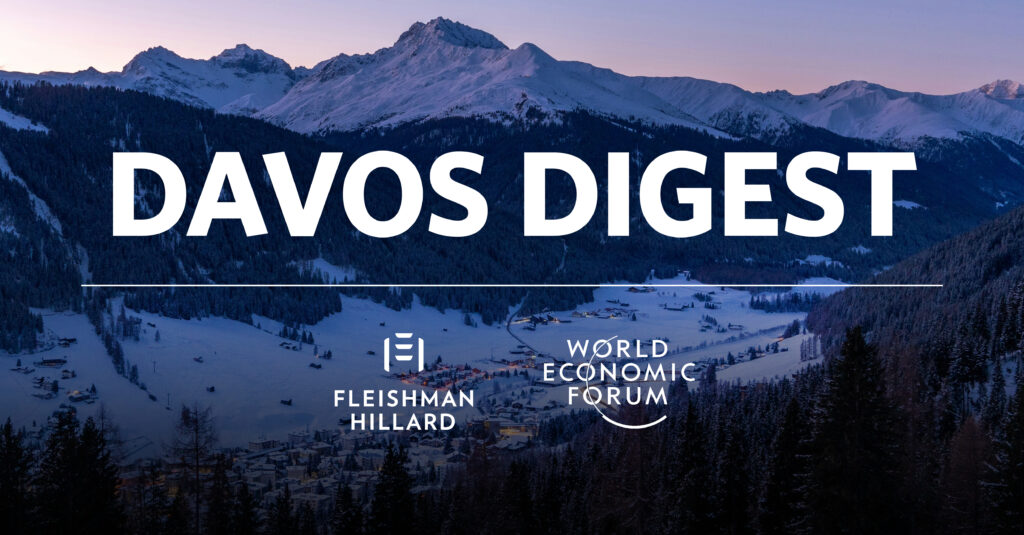
At a time of widening global discord, few topics produce as much tension as the climate crisis and the role of business in combatting it through sustainability and ESG activities. Even the terms themselves are now laden with implied divisiveness.
Much of the noise in the current debate is coming from the United States, as companies prepare for the inevitabilities of a second Trump administration amid activist pressure from all sides, shareholder scrutiny and more. But the imperatives from Europe and China are no less significant in the global picture.
European policymakers and investors still expect businesses to be part of the climate solution, move towards net zero, and work to decarbonize even faster. Stronger EU regulations will force greater transparency and more detailed disclosures that American multinationals will not be able to avoid, exacerbating the transatlantic divergence over corporate decisions and corporate engagement.
Europe and China both see huge economic upside to accelerating the growth of new businesses and technologies required to combat carbon, which is why climate action is increasingly framed as an economic imperative, not solely a societal one. On a recent trip to Hong Kong, I was blown away by the number of Chinese EVs on the road. China’s move to dominate the EV and battery markets and other “green” industries will, in its view, help further its broader economic strategy and strengthen its geopolitical positioning.
But after a decade of sustainability investment being seen as financially and reputationally low risk, the calculus has changed for businesses. The failure of the COP process to significantly accelerate action has taken some of the pressure off. Financial institutions are walking away from net-zero finance commitments. Aggressive, public positioning on climate-related policies might draw the ire of populist politicians or activist investors, even though the climate imperative has, if anything, grown stronger and more acute.
As a result, at the World Economic Forum meeting in Davos, sustainability is high on the program agenda but seems to have fallen far down most CEO’s priority list. Most discussion is confined to experts, specialists and leaders already convinced of the need for action. While that’s essential to make progress, it could be a big, missed opportunity.
Inaction or softening on prior commitments are just as likely to attract criticism that poses reputational and commercial risk. The provisions of the Inflation Reduction Act in the United States remain law, and many will be difficult to roll back. Regulation in the EU and UK will grow stricter. China will pursue green policies for economic benefit and wider global influence. And even populist politicians may come to appreciate the economic upside in the emerging green economy.
A more nuanced approach will be required. For most global businesses, that will need to include greater flexibility at the country level, with sufficient oversight and policy consistency to guard against charges of hypocrisy and contradiction.
Steering a safe course in the spotlight at Davos will be challenging. While climate action will undoubtedly create long-term benefits for companies, the landscape will remain one of conflict, complexity and heightened scrutiny.

